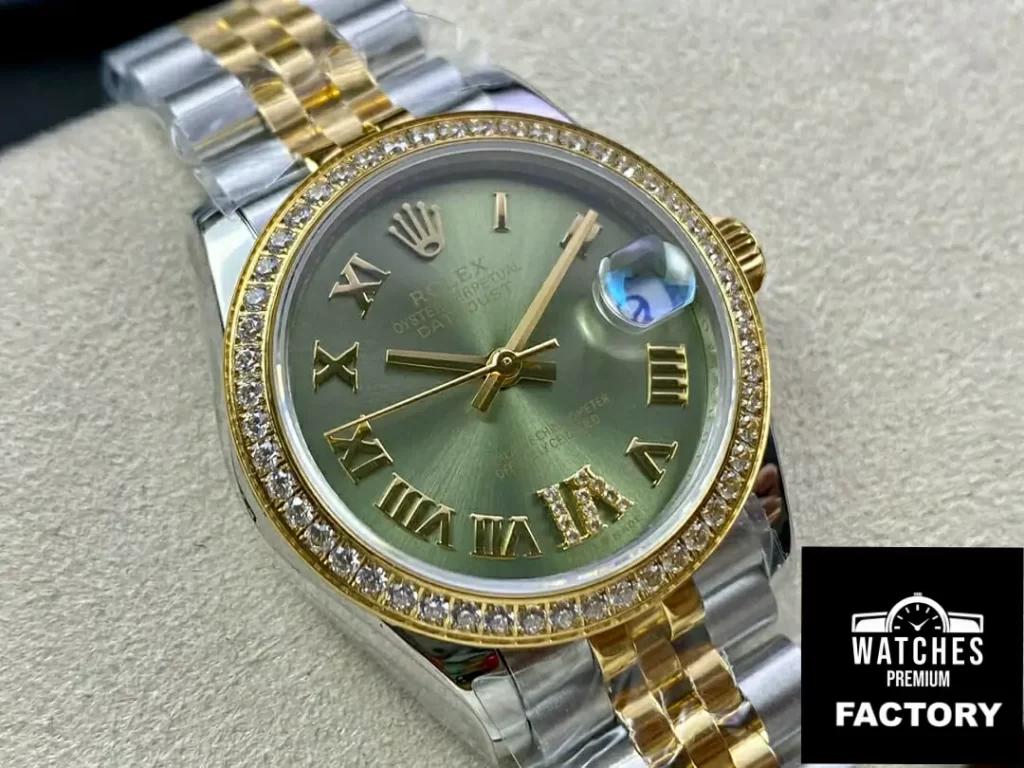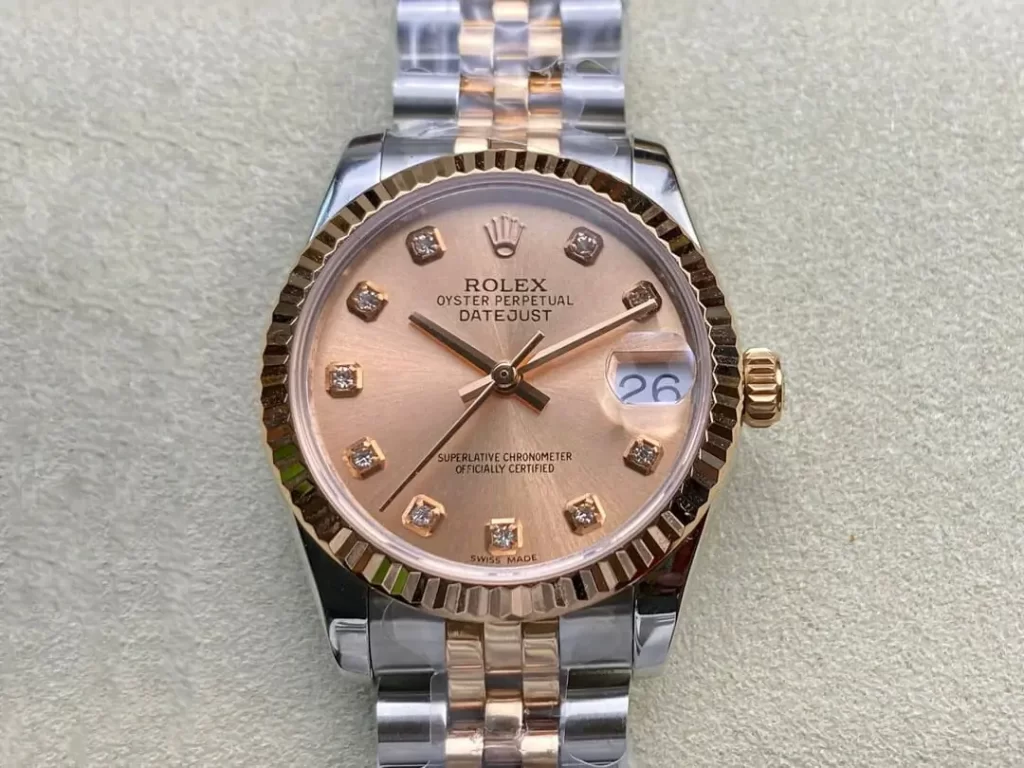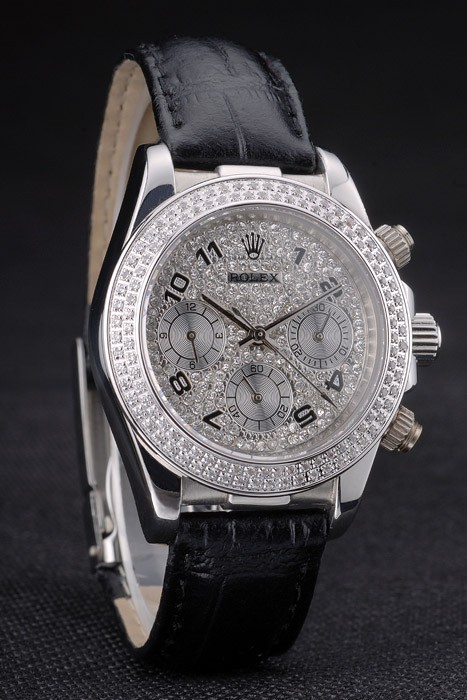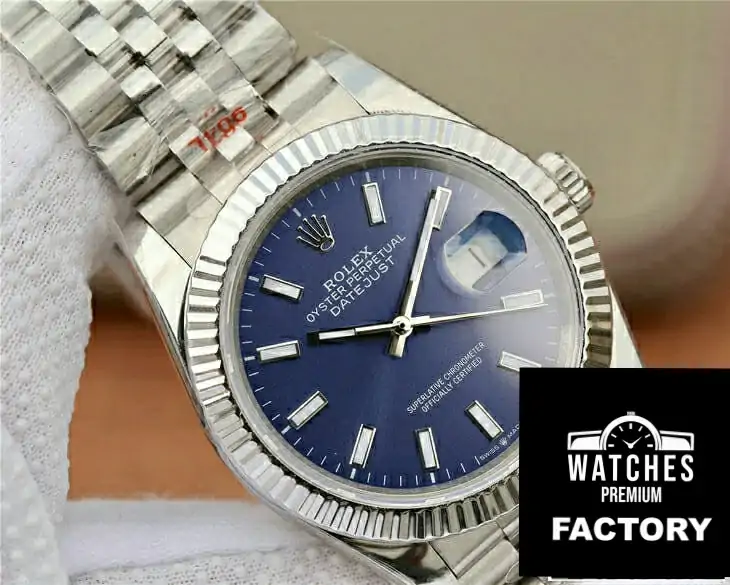Many enthusiasts and collectors seem to gravitate toward a particular era of Rolex design in their horological journeys. What draws us to these replica watches? There are several reasons, but one significant factor is Rolex’s evolution into a symbol of luxury. Back in the 1960s and 1970s, Rolex began targeting consumers with aspirational messages of wealth, status, and success. This focus intensified with the introduction of six-digit models in the mid-to-late 2000s.

In my own journey, I heeded the advice of this sentiment and acquired a 1960s Rolex Oyster. However, I opted for the Oyster Perpetual ref. 1002, complete with a freshly serviced dial. To me, this watch embodies all the greatness of Rolex without the complexities of the modern brand. Allow me to elaborate.
Embracing the Essence of Rolex
Earlier Rolex advertising campaigns highlighted the durability and reliability of their watches, qualities that still resonate today but have been overshadowed by a focus on celebrity endorsements and luxury. It was this rugged spirit, influenced by both clone Rolex’s marketing and its commitment to durability, that drew me to this era of Rolex watches. Inspired by this ethos, my colleague Mike Stockton penned a guide on five-digit Rolex sports watches, encapsulating this enduring appeal.
The foundation of modern Rolex can be traced back to two key elements: the waterproof Oyster case and automatic movements, which led to the “Perpetual” in “Oyster Perpetual.” While these are familiar facts to many, they played a pivotal role in my decision to invest in my first Rolex at this website https://www.localdlish.com.

Rolex in a Changing Landscape
In the 1960s, Rolex supplied Explorer 1016 watches to university students on a caving expedition in Northern Spain, emphasizing utility over opulence. However, Rolex’s marketing and pricing strategies, coupled with societal shifts towards luxury and instant gratification, have transformed its image. The brand’s recent foray into precious metals and the allure of exclusivity have reshaped its identity, distancing it from its more accessible roots.
This transformation has not been without consequences. The once-aspirational Rolex now faces criticism for waitlists, elitism, and a lack of transparency, reflecting broader changes in luxury culture. While Rolex continues to thrive commercially, acquiring one of its watches has become increasingly challenging for enthusiasts, leading some to question the brand’s direction.

Embracing Tradition: My First Rolex
Like many enthusiasts, I found myself drawn to Rolex’s design heritage and the stories behind its watches. My journey led me to my first Rolex: an Oyster Perpetual ref. 1002 that belonged to my mother. Dating back to 1966, this watch embodies the essence of Rolex with its simple yet elegant design and reliable automatic movement. Despite its sentimental value and non-original service dial, it epitomizes the enduring appeal of vintage Rolex.
In the 1950s, Rolex Oyster watches accompanied adventurers on remarkable expeditions, embodying the spirit of exploration and durability. The replica Oyster Perpetual 1002, with its modest proportions and timeless design, represents the purest expression of Rolex’s DNA.
With this humble watch, I feel connected to Rolex’s heritage and legacy of adventure. As I embark on my own horological journey, I cherish the opportunity to honor this family heirloom and create new memories with it.
What vintage Rolex models resonate with you, and why? Do you share my concerns about modern Rolex, or do you perceive them differently? I invite you to share your thoughts and experiences in the comments below.
